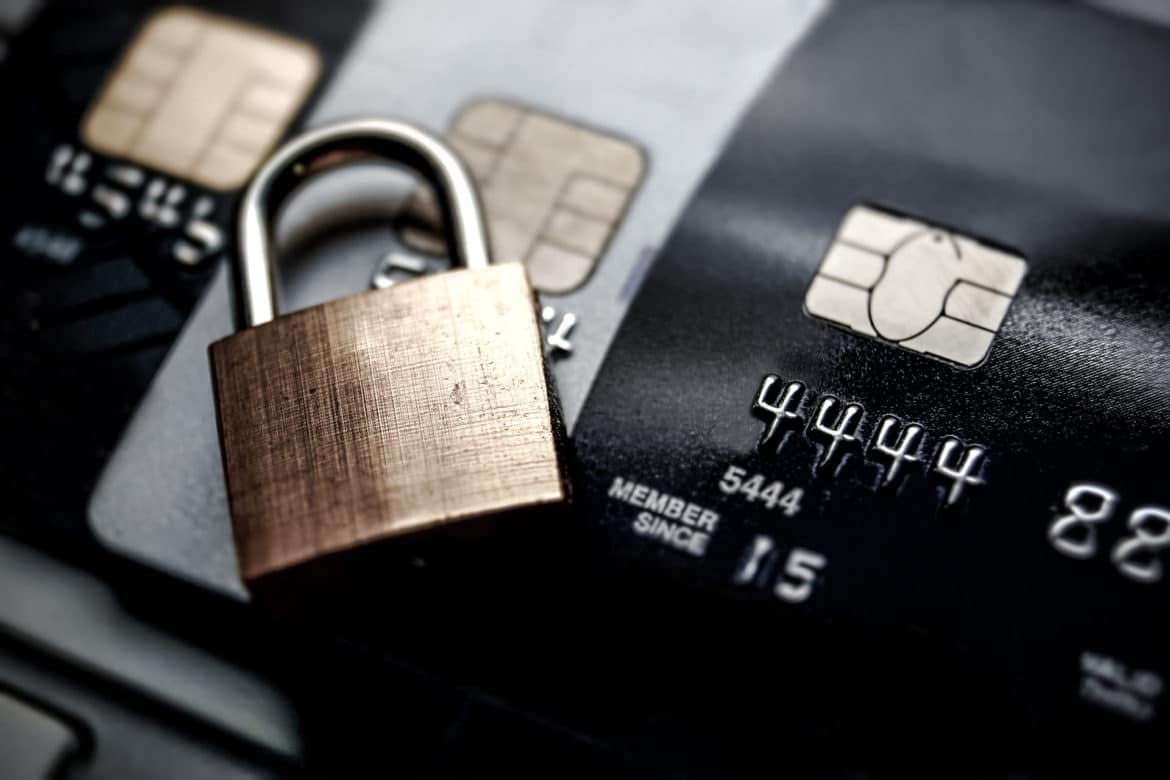What Is a FICO Score, and Why Does It Matter So Much?
Most lenders use your FICO credit score to decide whether to approve your application, how much interest to charge you, and what terms you’ll get. But what’s actually behind that number?

In this article, we’ll break down what a FICO credit score is, how it’s calculated, why it matters, and what you can do to improve yours. Whether you're trying to qualify for a mortgage or just want better credit card offers, this is the information you need to know.
Having a good FICO credit score can make your financial life a lot easier. It can lower your borrowing costs, increase your approval odds, and help you access better financial products. If you’ve ever been denied credit or hit with high rates, your FICO score could be the reason.
What Is a FICO Score?
A FICO credit score is a number that predicts how likely you are to repay borrowed money on time. It was developed by the Fair Isaac Corporation, which is where the name “FICO” comes from.
Your FICO credit score is based on information from your credit reports, including how much debt you have, how often you pay bills on time, and how long you’ve been using credit. The score helps lenders quickly assess your risk as a borrower.
FICO credit scores are used in over 90% of lending decisions in the United States. That includes credit card companies, auto lenders, mortgage providers, and even some landlords and insurers. It’s one of the most important numbers in your financial life.
FICO vs. Credit Score: What’s the Difference?
Your credit score is a general term that refers to any score based on your credit report. FICO is one specific type of credit score, and it’s the one most lenders trust.
Another common scoring model is VantageScore, which was created by the three major credit bureaus. While VantageScore and FICO use similar criteria, they calculate scores differently and may weigh factors in different ways.
Lenders prefer FICO because it has a long track record and is based on years of data. If you're working to improve your credit, FICO is the score you should be watching—especially if you plan to apply for a mortgage or auto loan.
How Is Your FICO Score Calculated?
FICO credit scores range from 300 to 850 and are based on five key factors pulled from your credit reports. Each factor has a different impact on your score.
Payment History (35%)
This is the most important factor. Lenders want to see that you pay your bills on time. A single missed payment can cause serious damage, especially if it goes 30 days late or longer. Collections, charge-offs, and bankruptcies also fall under this category.
Amounts Owed (30%)
This looks at how much debt you’re carrying, especially compared to your credit limits. A high balance relative to your available credit—known as your credit utilization ratio—can lower your score even if you make all your payments on time.
Length of Credit History (15%)
The longer your credit accounts have been open, the better. This includes the age of your oldest account, your newest account, and the average age of all your accounts.
Credit Mix (10%)
This refers to the types of credit you have, such as credit cards, auto loans, student loans, and mortgages. Having experience with different types of credit can slightly boost your score.
New Credit (10%)
Opening several new credit accounts in a short period of time can hurt your score. That’s because each application triggers a hard inquiry, and multiple inquiries suggest you may be taking on more debt than you can handle.
FICO Score Ranges: What’s a Good Score?
FICO credit scores range from 300 to 850, and where you fall on the scale can significantly affect your access to credit—and how much it costs you.
- 300–579: Poor – You’re considered high risk. Most lenders will either deny your application or offer terms with high interest and fees.
- 580–669: Fair – You may qualify for some credit, but expect higher rates and fewer options.
- 670–739: Good – Most lenders see you as a dependable borrower. You’ll likely get approved with decent terms.
- 740–799: Very Good – You’re in great shape and will likely qualify for low rates and high credit limits.
- 800–850: Exceptional – You’re at the top. You’ll usually get the best rates, perks, and approval odds.
These score brackets aren’t just labels—they directly impact what you can borrow, how much you’ll pay in interest, and how likely you are to be approved.
Where to Check Your FICO Score for Free
You don’t have to pay to see your FICO credit score. Many banks and credit card issuers now offer it as a free perk to their customers.
Some popular options include:
- Discover Credit Scorecard
- American Express MyCredit Guide
- Citibank and Bank of America account dashboards
If you want the most accurate and official score, you can also check directly at myFICO.com, although they may charge a fee.
Be aware that some free credit score sites, like Credit Karma or Credit Sesame, don’t show your actual FICO score. They often provide what's called an educational score, usually based on the VantageScore model. That number can be close—but it’s not always what lenders see.
How Your FICO Score Affects You
Your FICO credit score plays a major role in many parts of your financial life. It’s not just about getting approved—it also influences how much you pay and what options you have.
Loan and Credit Card Approvals
Most lenders use your FICO score to decide whether to approve your application. A low score can lead to denials, while a high score makes it easier to qualify for better credit cards, personal loans, car loans, and mortgages.
Interest Rates and Terms
The better your score, the lower your interest rates. A difference of just 50 points could cost—or save—you thousands of dollars over the life of a loan. Higher scores also give you access to larger credit limits and more favorable repayment terms.
Renting an Apartment or Getting Utilities
Landlords often check your credit score as part of the rental process. A low score can make it harder to get approved or require a larger deposit. The same goes for setting up utility accounts—some providers may ask for a security deposit if your credit score is low.
Employment and Insurance Checks
In some states, employers can look at a version of your credit report (not your score) when hiring. Insurance companies also use credit-based scoring models to help set your premiums. A strong credit history can sometimes lower your car or home insurance costs.
Common Myths About FICO Scores
A lot of people make credit decisions based on bad information. Let’s clear up a few common myths about FICO credit scores.
Myth: Checking your own score hurts it
This is false. Checking your own credit score is a soft inquiry and has no effect. Only hard inquiries from lenders can impact your score.
Myth: Closing old accounts improves your score
Actually, closing a long-standing credit account can lower your score by shortening your credit history and increasing your credit utilization.
Myth: You only have one credit score
You have multiple FICO scores based on different versions and pulled from different credit bureaus. You also have non-FICO scores, like VantageScore, which can vary.
Myth: Income affects your credit score
Your income is not included in your credit reports and does not impact your credit score. Lenders may ask for income during applications, but it’s not factored into your FICO calculation.
How to Improve Your FICO Score
Improving your FICO credit score takes consistency, but it’s absolutely doable—even if your score is in rough shape. Here are the most effective ways to start raising it.
And if your credit is seriously damaged or you’re overwhelmed, you don’t have to figure it out alone. You can work with a top credit repair company to help challenge inaccurate items and rebuild your credit faster.
Pay On Time, Every Time
Your payment history is the most important factor in your FICO credit score. One late payment can do serious damage—especially if it goes 30 days or more past due. Set reminders, automate payments, or use budgeting apps to help you stay on track.
Keep Credit Utilization Low
Try to keep your credit card balances below 30% of your credit limit—ideally below 10% if you're aiming to boost your score quickly. This shows lenders you’re not maxing out your available credit, which signals lower risk.
Avoid Unnecessary Hard Inquiries
Each time you apply for new credit, a hard inquiry hits your report. Too many in a short period can hurt your score and make lenders think you’re desperate for credit. Apply only when needed and space out applications if possible.
Don’t Close Longstanding Accounts
Even if you no longer use an old credit card, keeping it open can help your score by boosting your average account age and giving you more available credit. Unless it has an annual fee or other downside, it’s often better to leave it open.
Consider a Secured Card or Credit Builder Loan
If your credit is limited or damaged, tools like secured credit cards or credit builder loans can help. They report to the credit bureaus just like traditional accounts and are easier to qualify for. Just make sure you pay on time and watch your balances.
How Long Negative Info Impacts on Your FICO Score
Negative marks on your credit report don’t last forever, but they do linger long enough to impact your credit score. Here’s how long common items stay on your reports:
- Late payments: 7 years from the original delinquency date
- Collections: 7 years from the original delinquency date
- Chapter 13 bankruptcy: 7 years from the filing date
- Chapter 7 bankruptcy: 10 years from the filing date
- Hard inquiries: 2 years, but only impact your score for about 12 months
If you’ve already paid off a debt or settled it, the negative entry will still show for the full timeline—but its impact will fade over time, especially as you build new positive credit activity.
What FICO Score Do You Need for a Mortgage, Car Loan, or Credit Card?
Different types of credit have different score requirements. Here’s what lenders typically look for, though exact cutoffs can vary.
Mortgage
You’ll usually need at least a 620 FICO credit score to qualify for a conventional mortgage. FHA loans may allow scores as low as 580, but with higher rates or stricter terms. The best rates generally go to those with scores of 740 and above.
Auto Loans
Car lenders use tiered pricing. A score of 660 or higher usually gets you access to decent terms. For the best interest rates, you’ll want to be in the 700+ range. Subprime borrowers (under 600) may still qualify, but rates will be much higher.
Credit Cards
To get approved for rewards cards, balance transfer offers, or premium cards, you’ll generally need a score of 680 or higher. Some entry-level or secured cards may accept lower scores, but the credit limits and benefits will be limited.
Conclusion
Your FICO credit score plays a big role in your financial life. It affects your ability to borrow, the rates you pay, and even your housing or job options.
Take the time to check where you stand, fix any issues on your credit report, and build smart credit habits. Small actions—like paying on time and keeping balances low—can lead to major improvements over time.
Use the tips in this article to take control of your credit and start improving your FICO score today.



